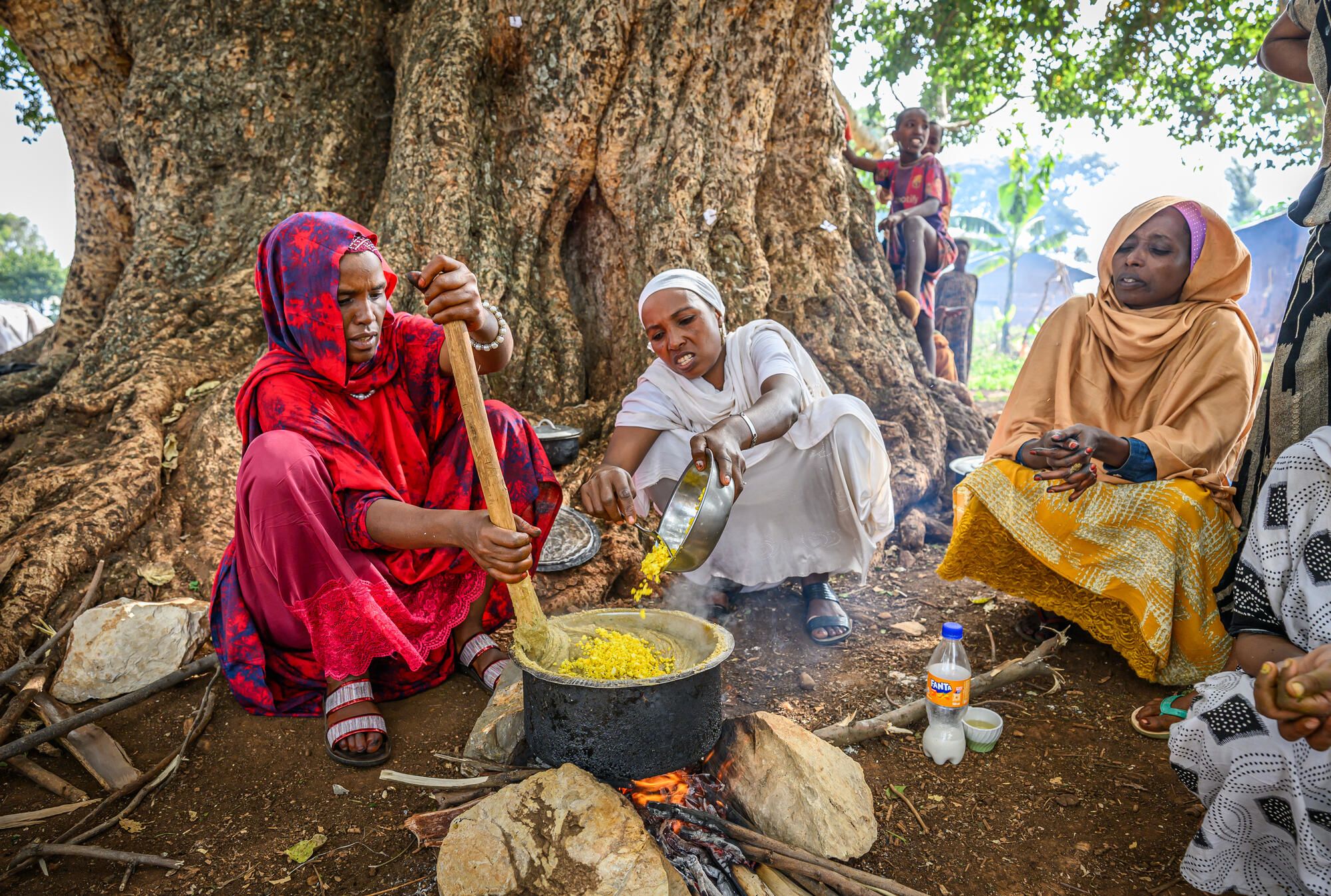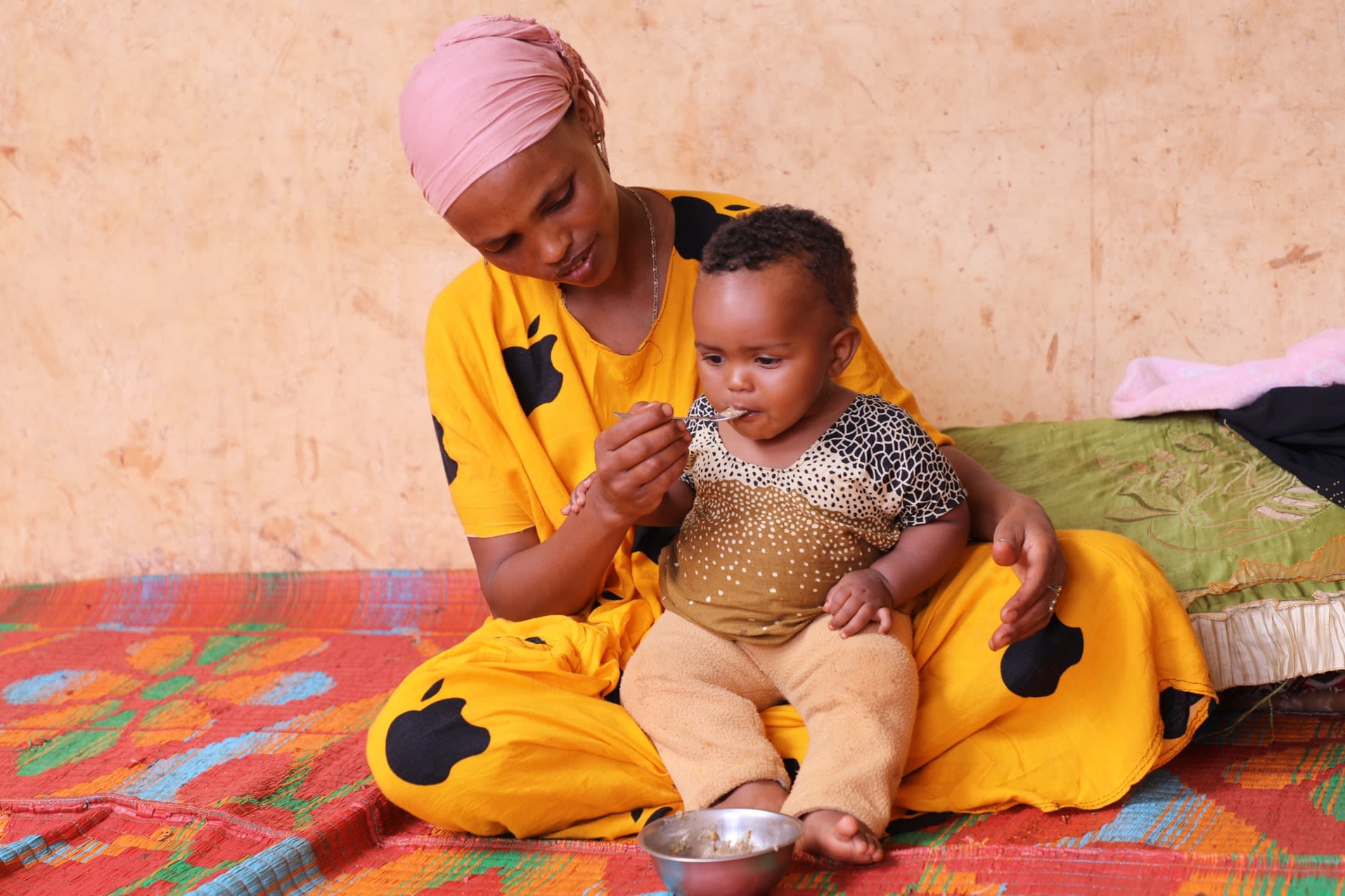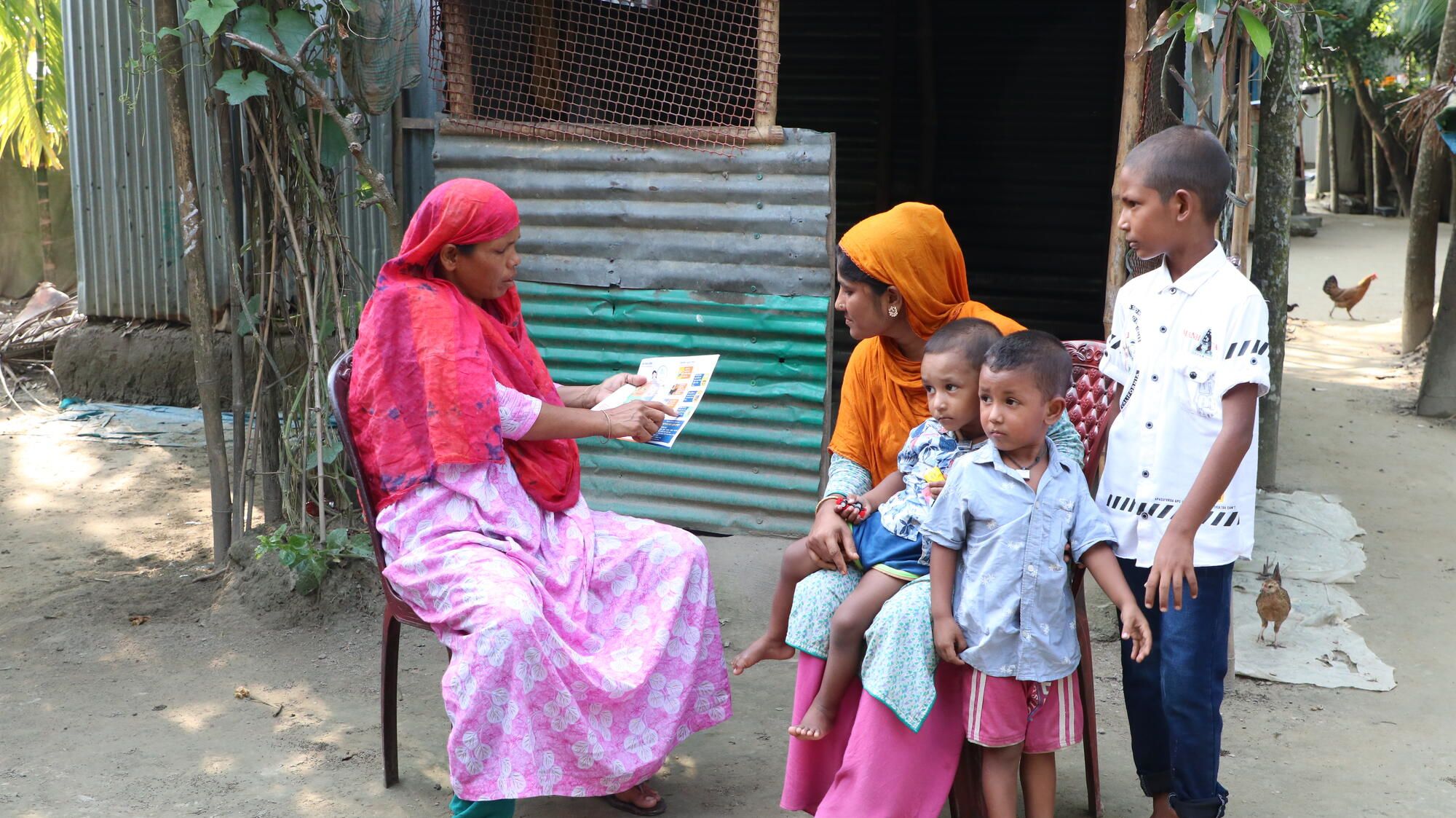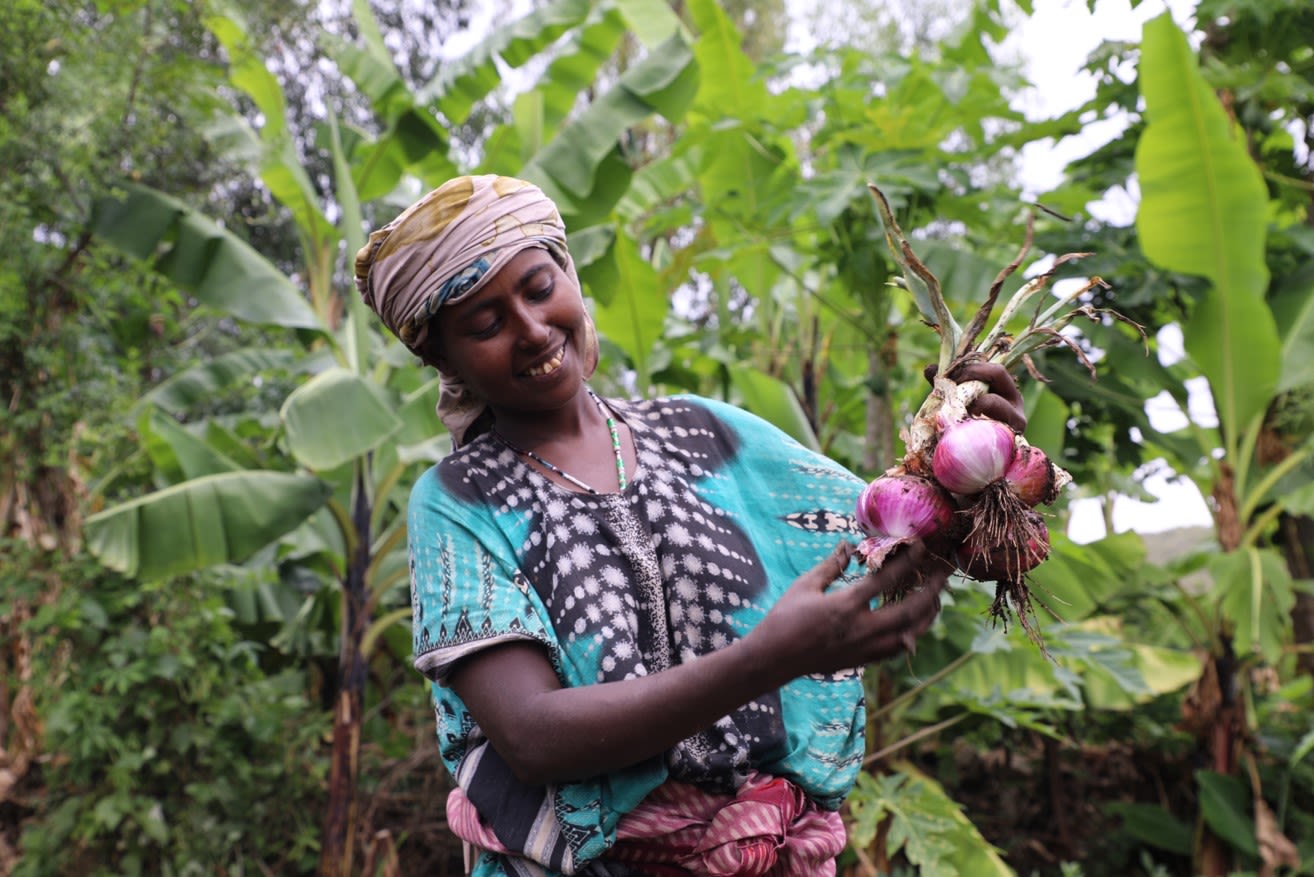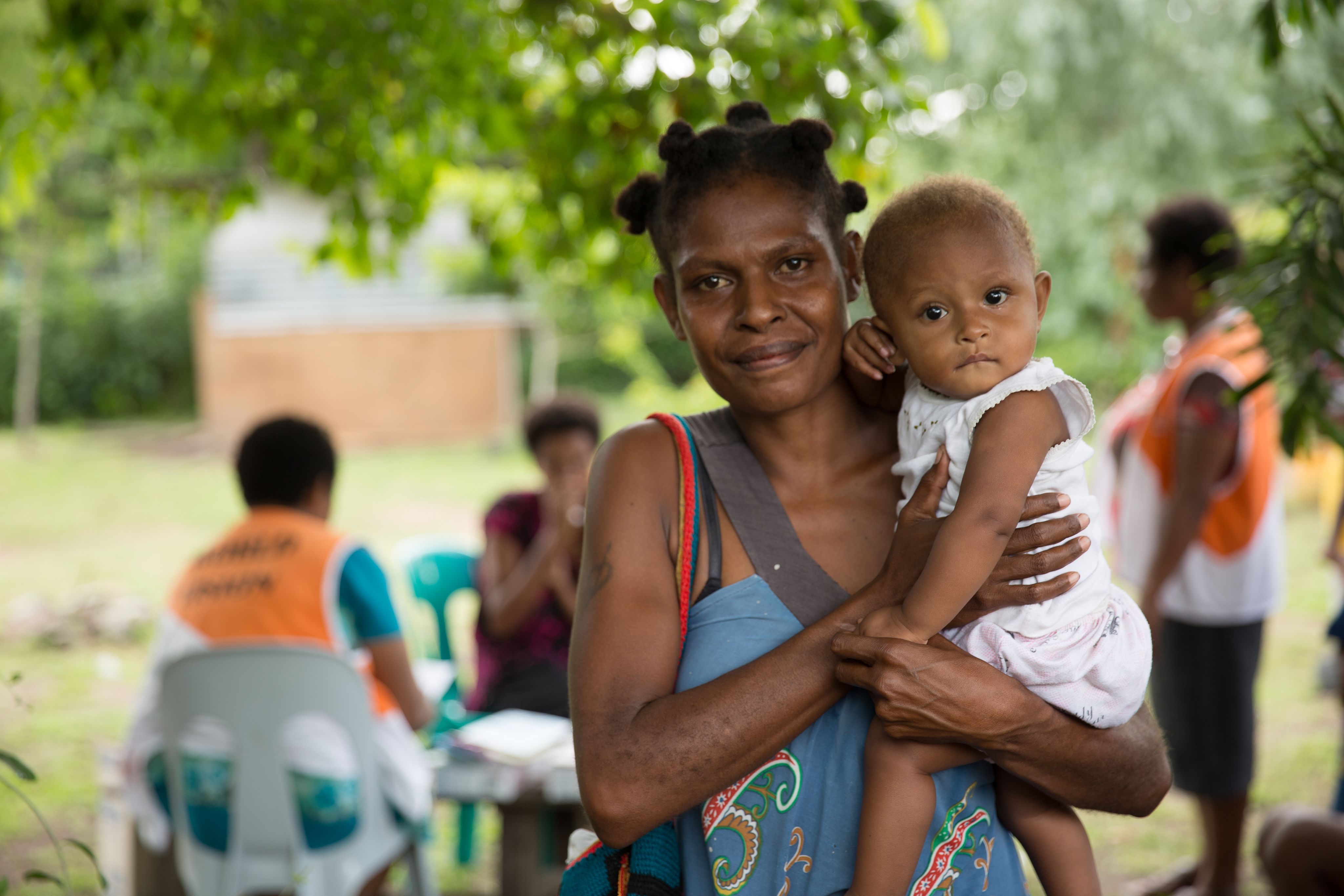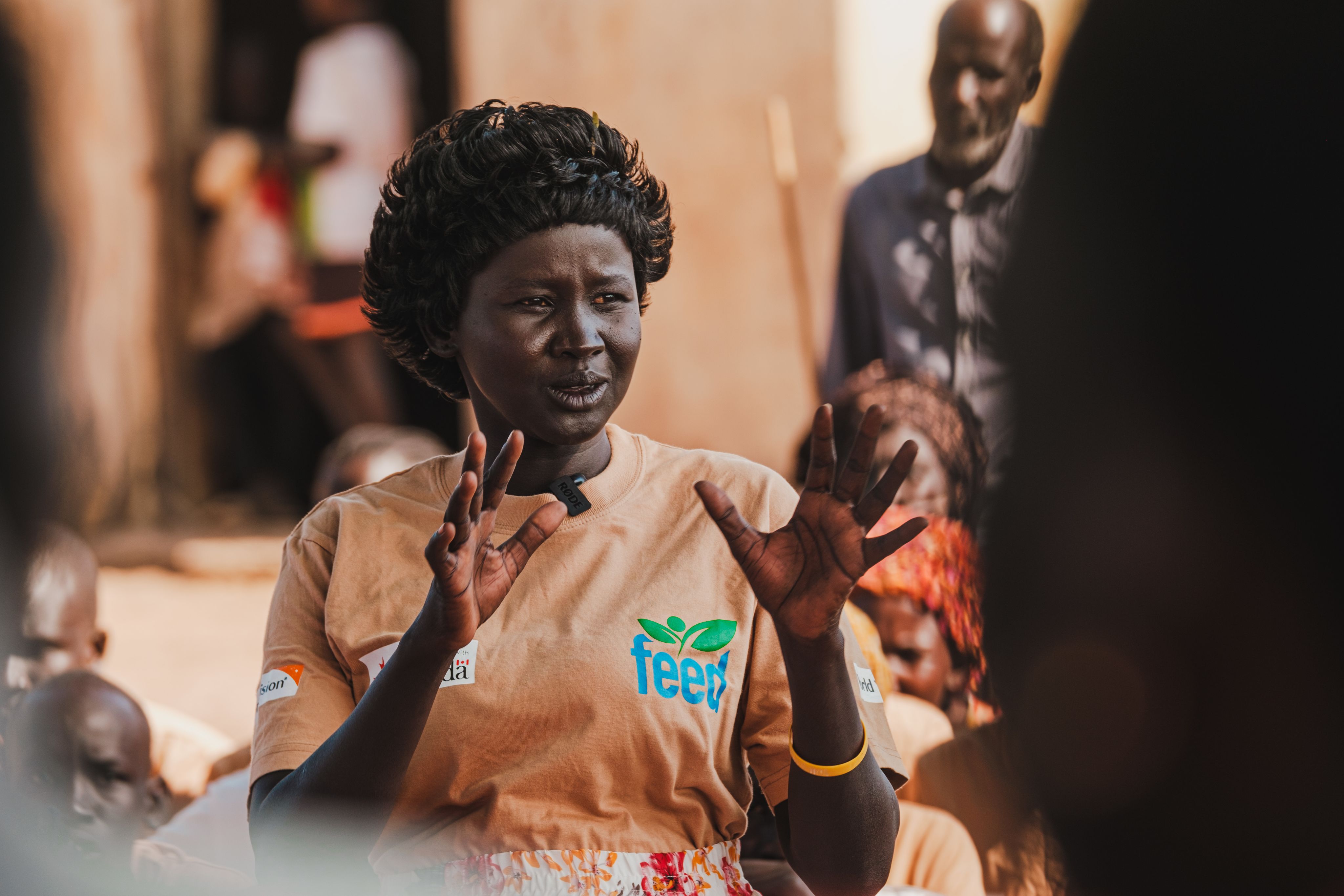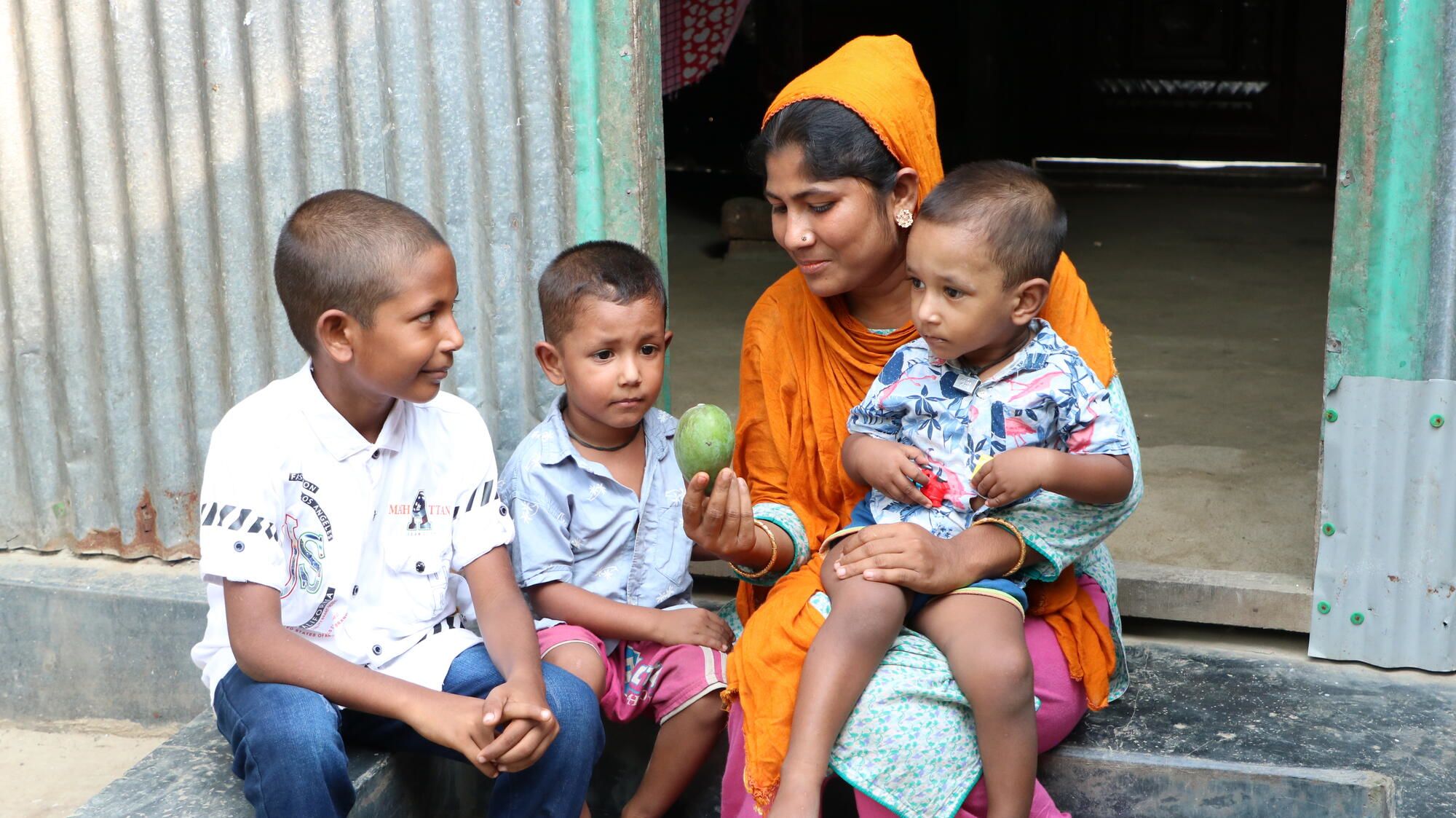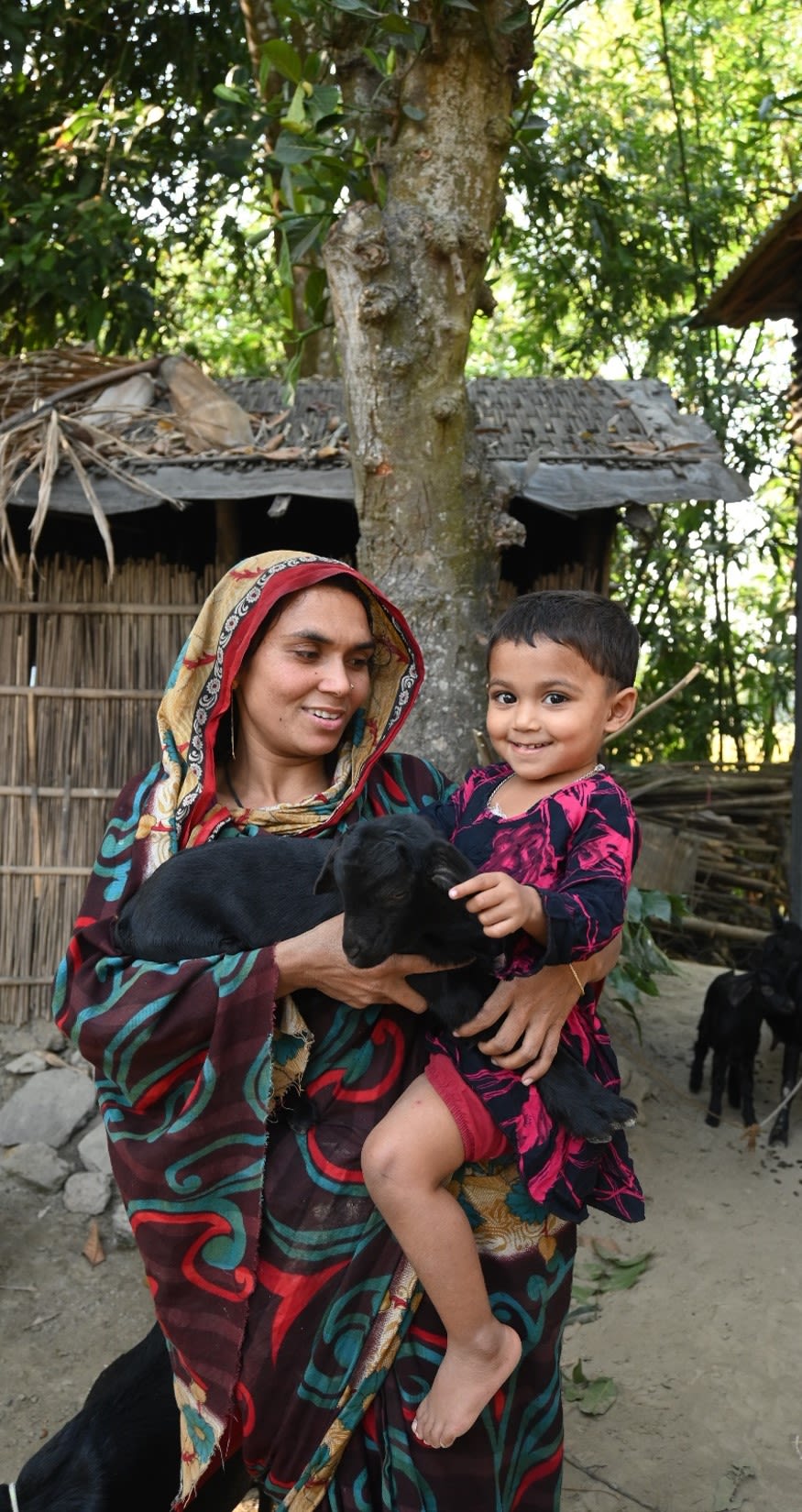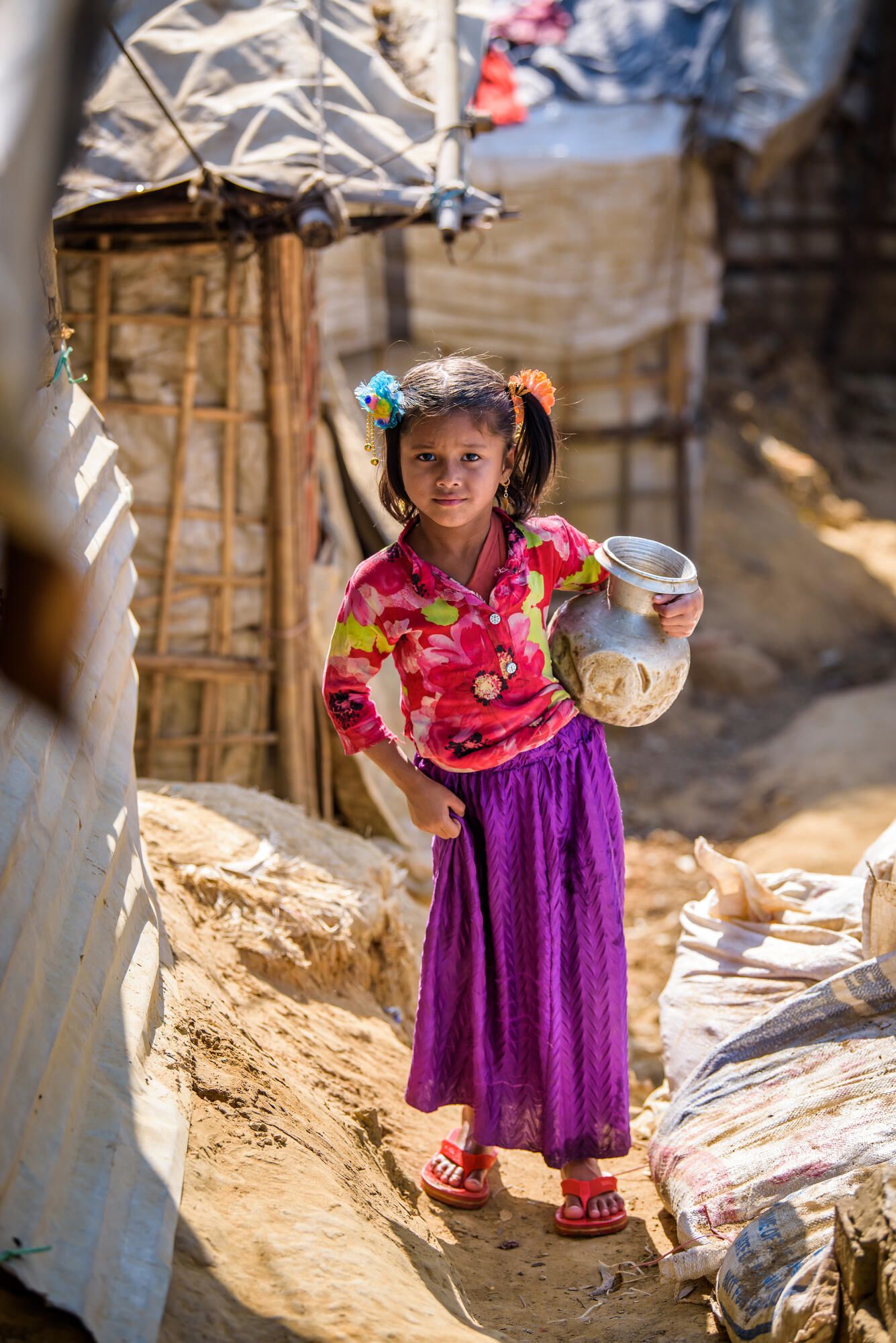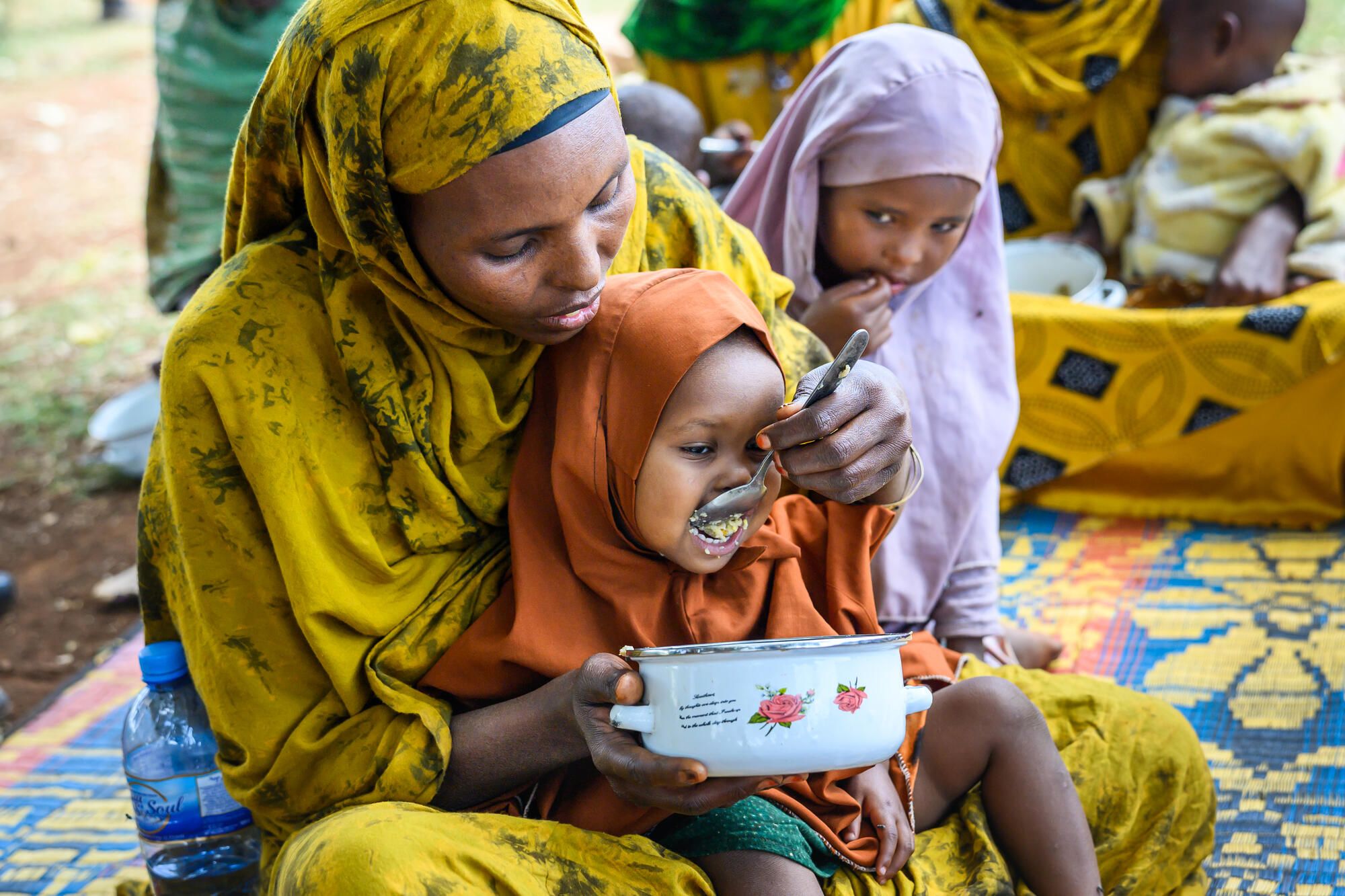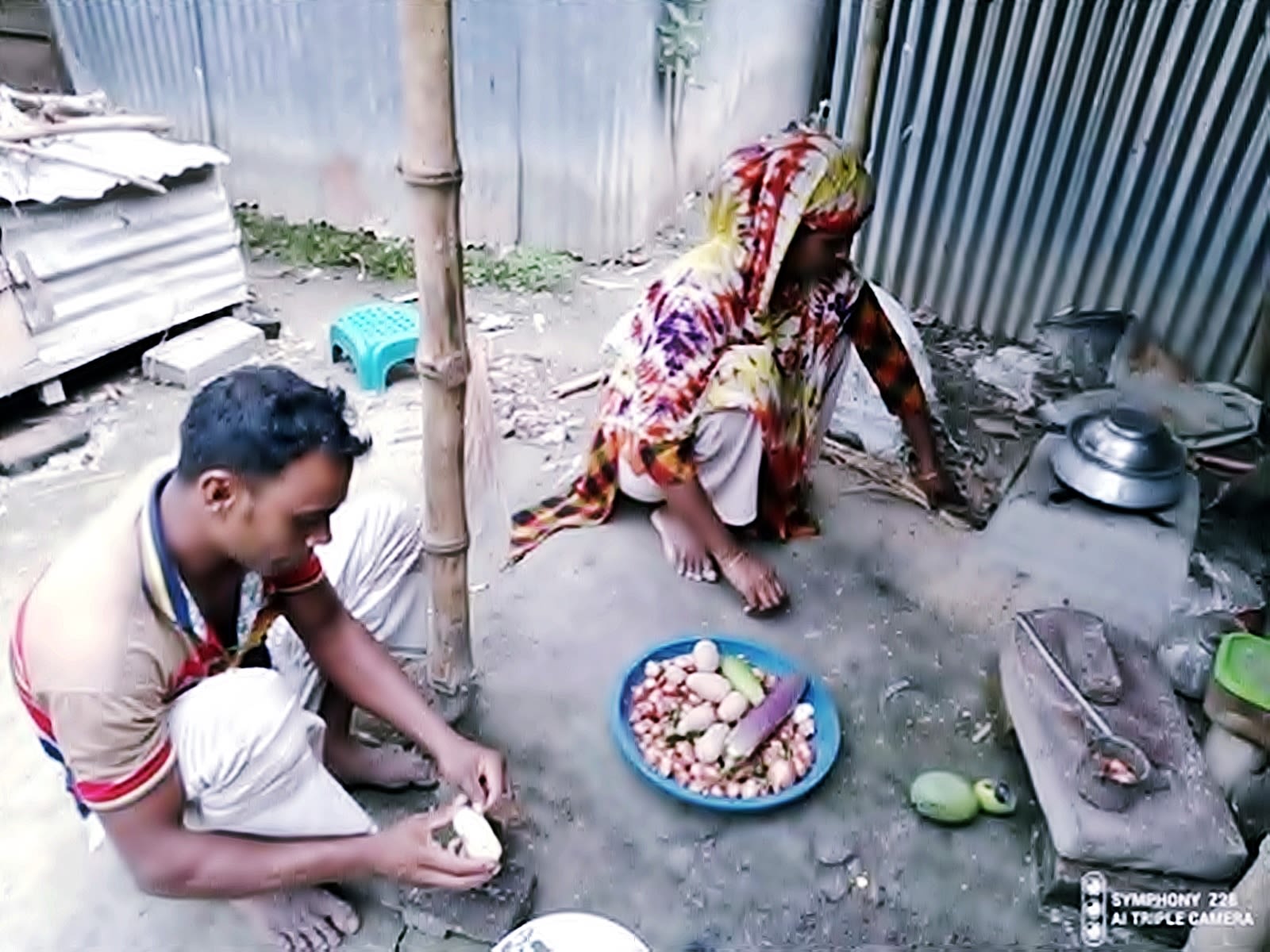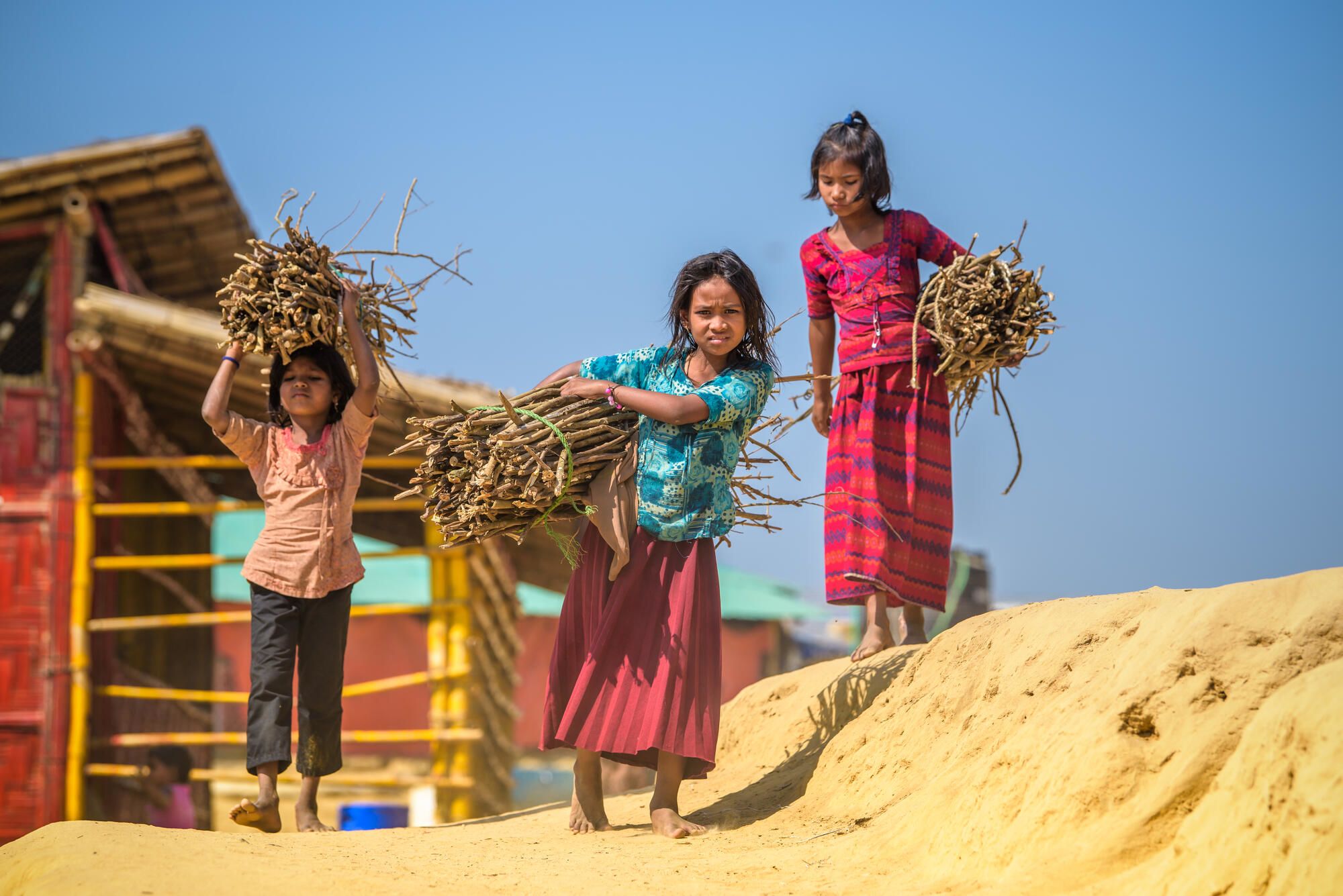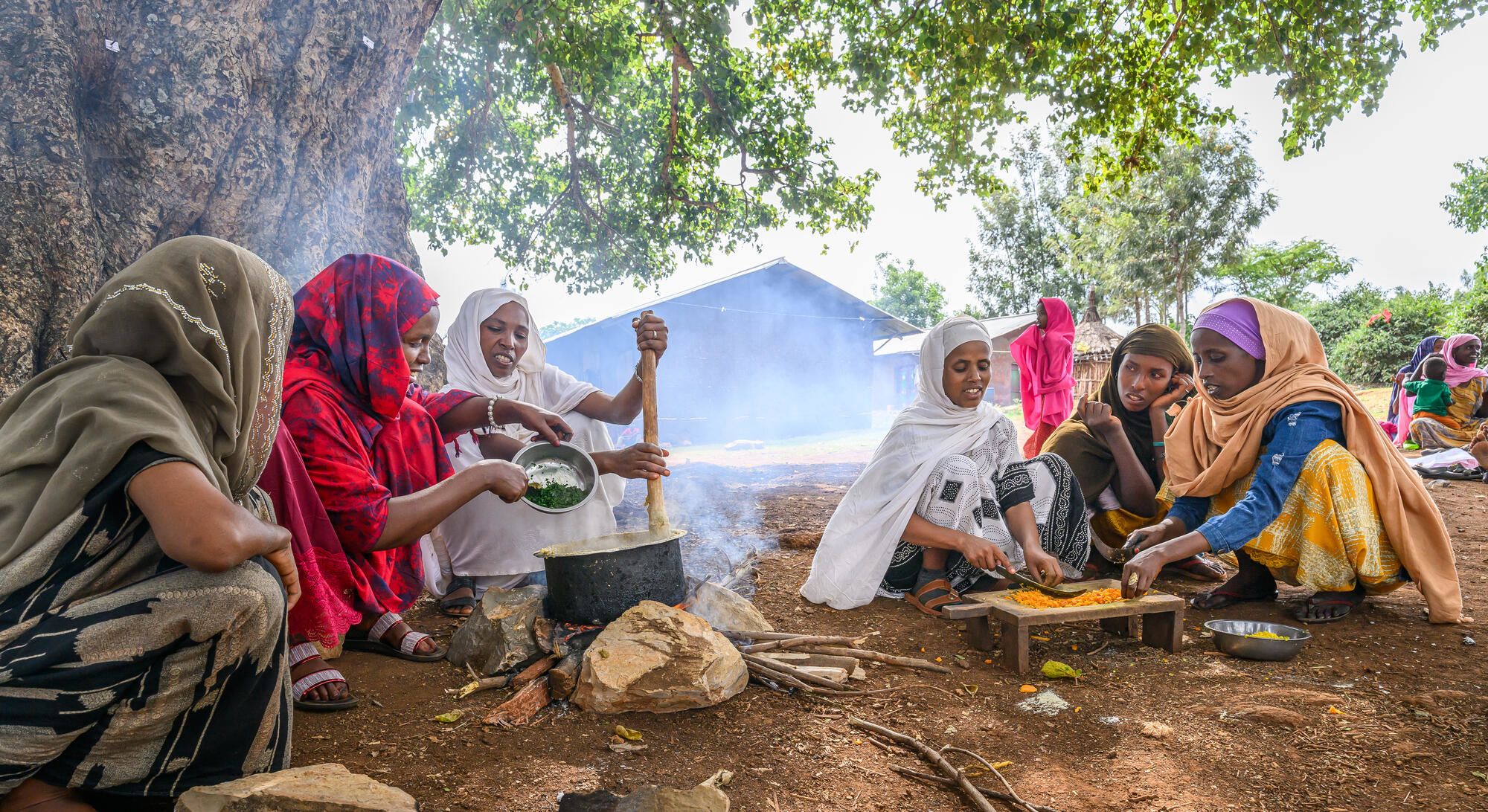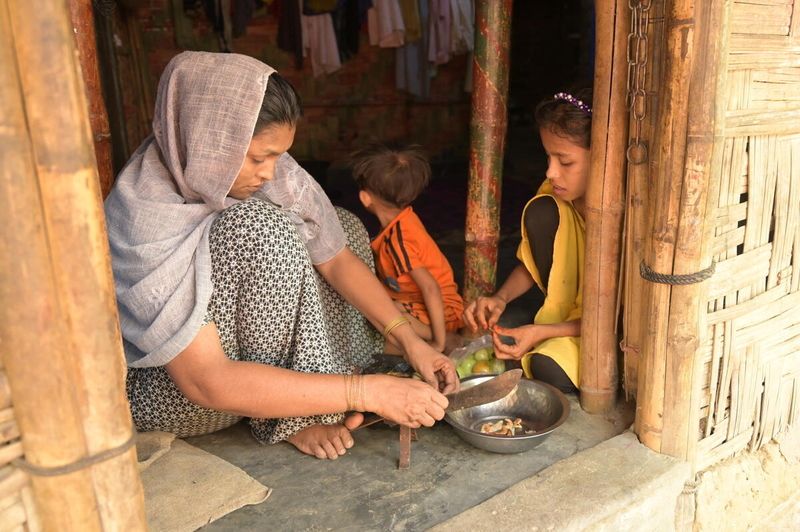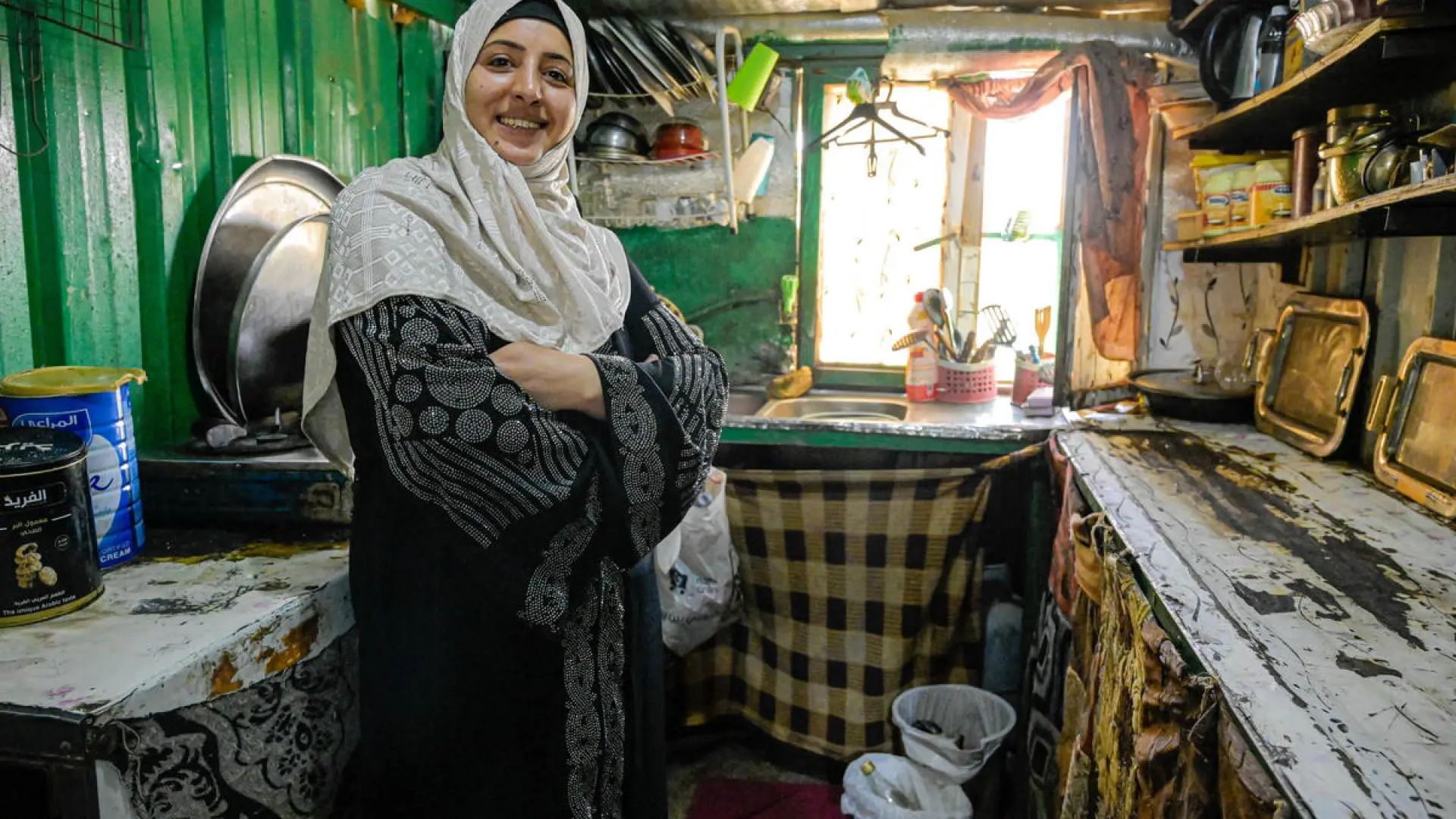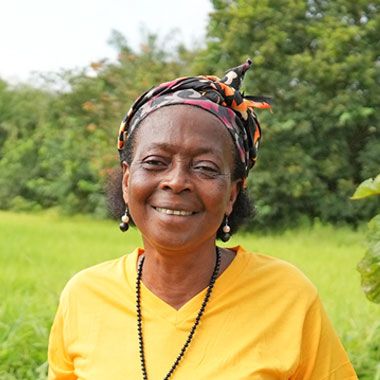TRANSFORMING WOMEN'S AND GIRLS' NUTRITION
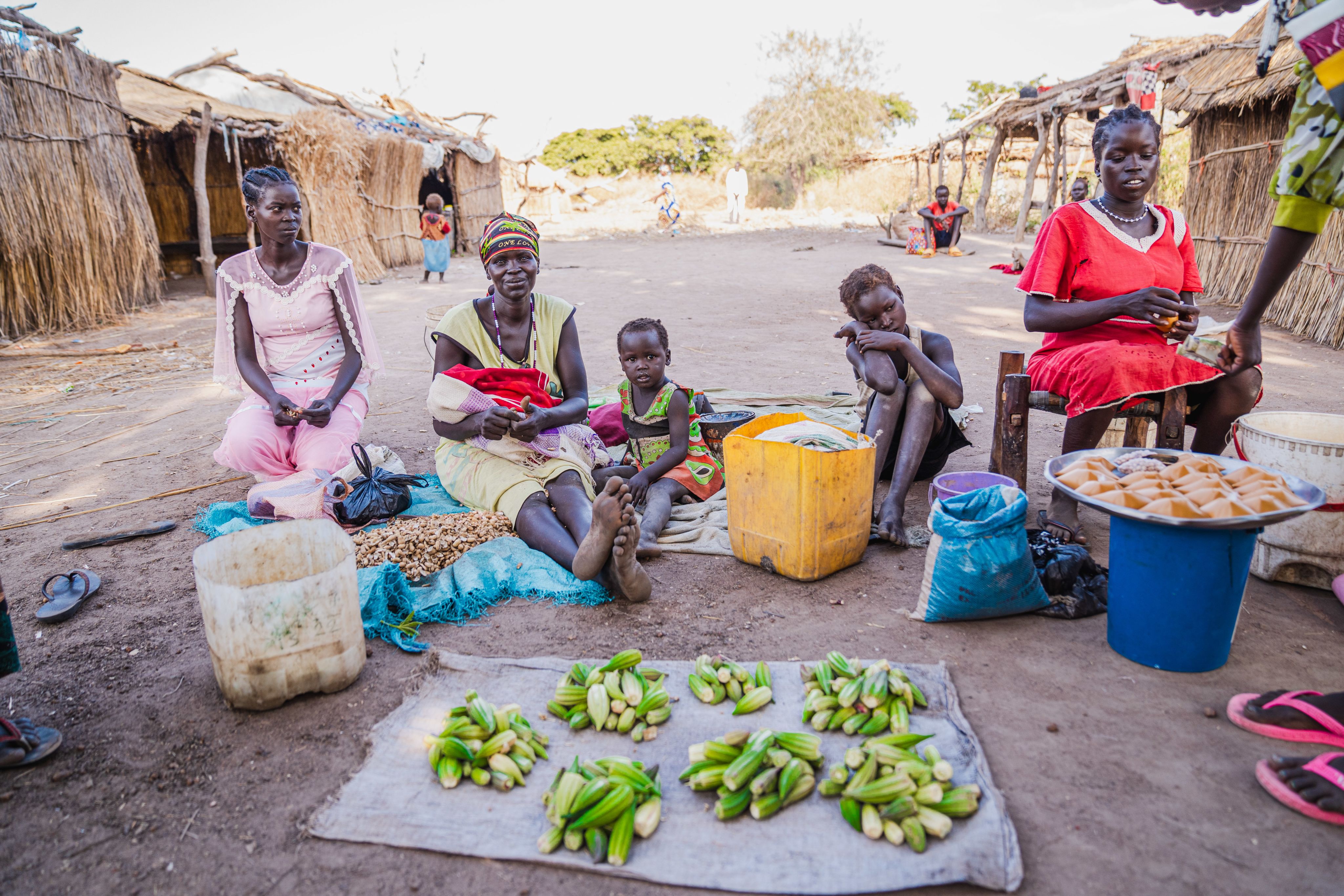
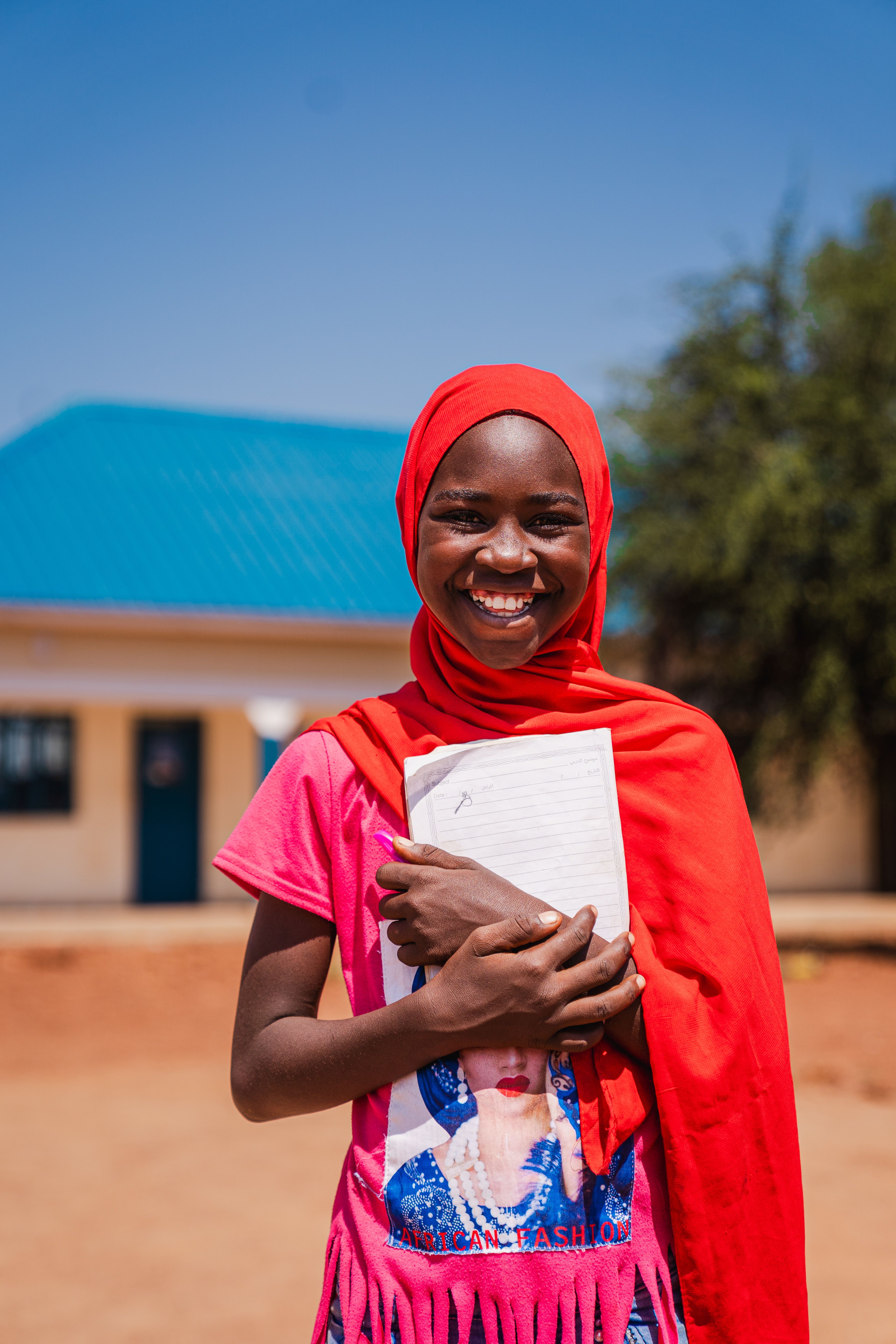
Malnutrition disproportionately impacts women and girls, who make up 60% of the world’s chronically malnourished people. Over 1 billion adolescent girls and women suffer from different forms of malnutrition, and are also worse-off than men and boys in times of political or climate crisis.
Malnutrition harms women’s health and development, as well as their children’s, creating a cycle of poverty and poor health. This inequality costs the global economy over $1.6 trillion each year in lost potential.
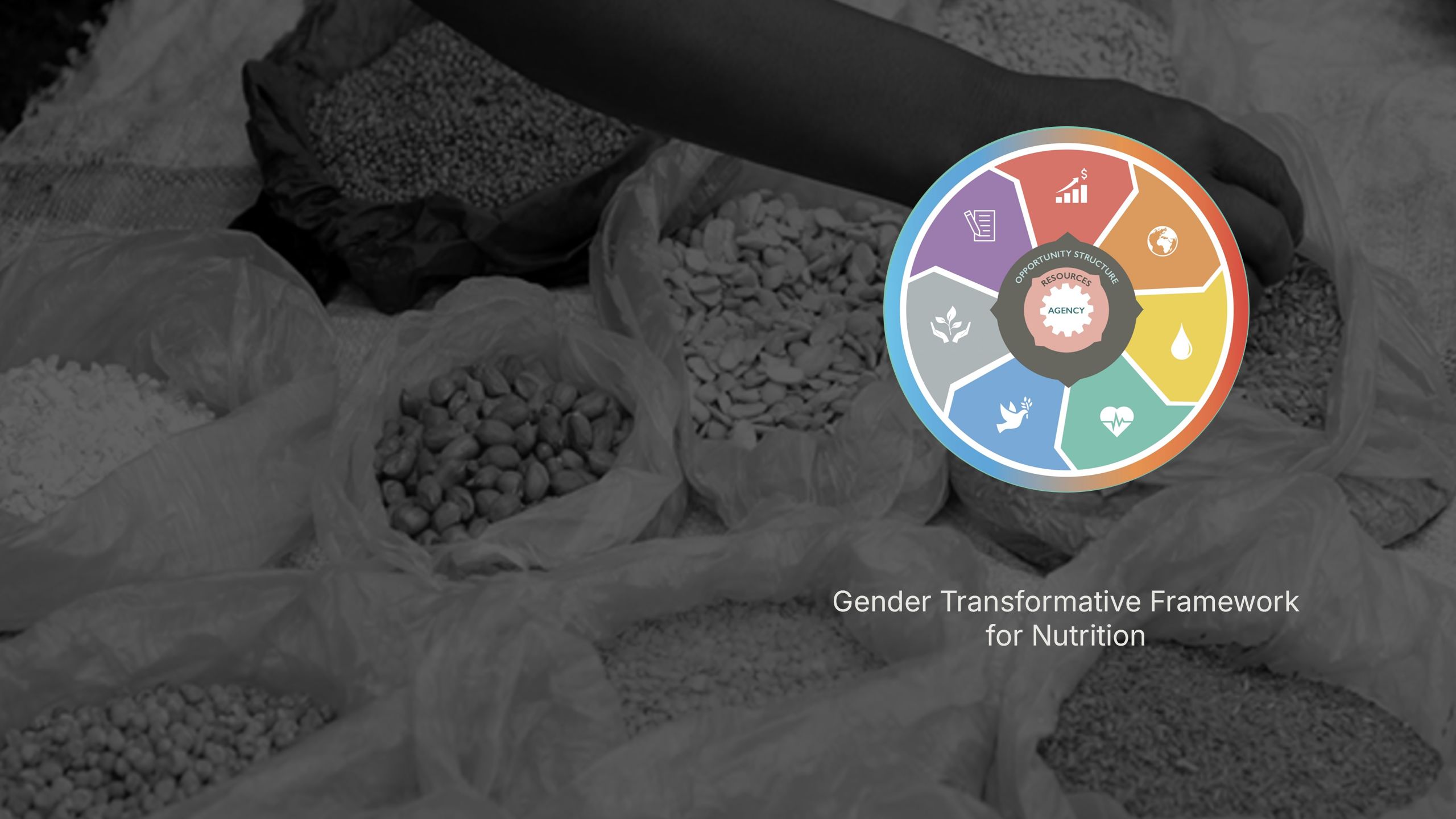
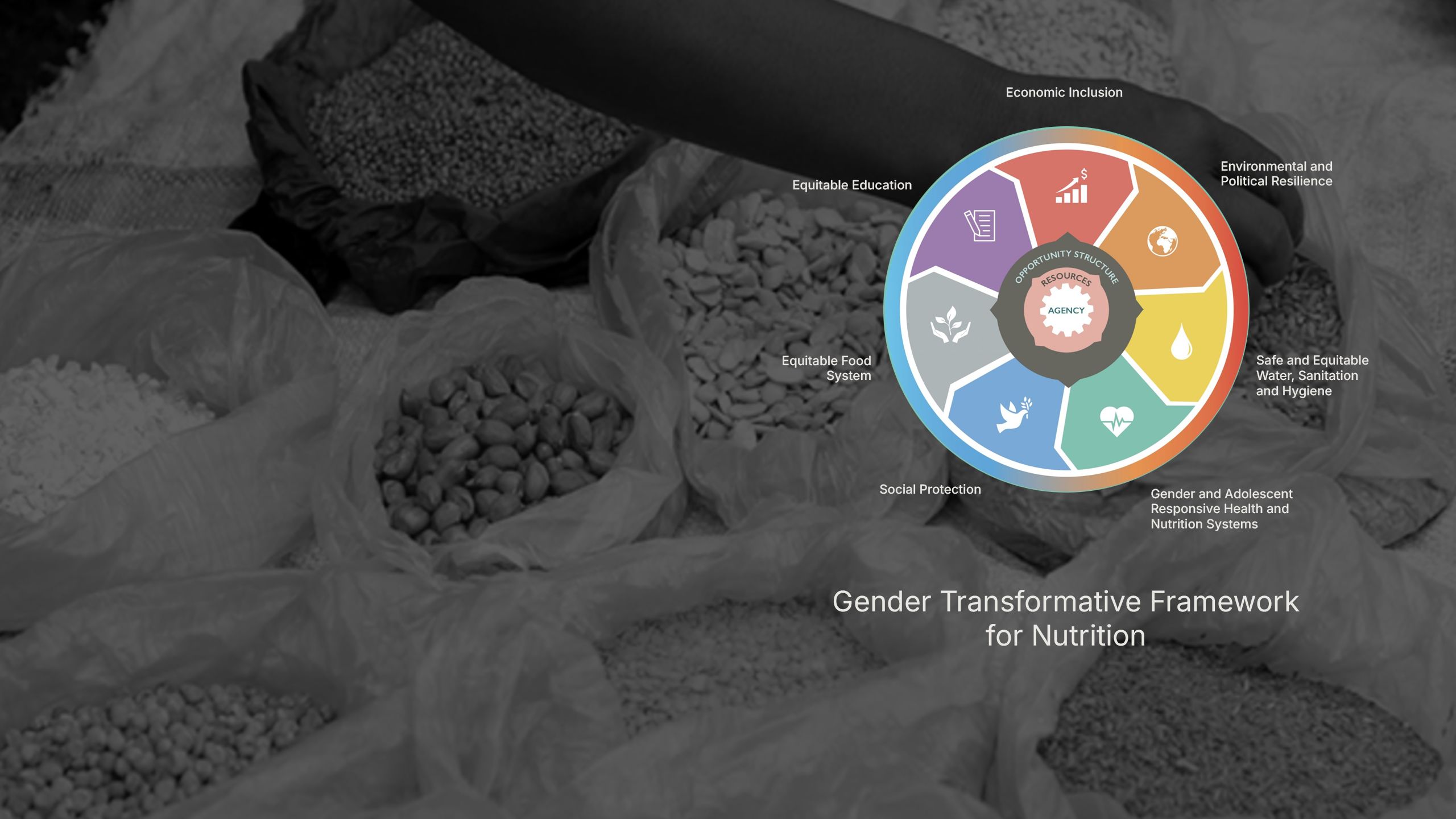

Women have unique nutritional needs beyond their reproductive role that must be considered across systems for food, health, education, water, sanitation, and hygiene (WASH), economic inclusion, social protection, and crisis response and resilience.
For example, women’s and girls’ household chores expose them to risks, such as walking long distances each day to collect water or firewood. Improving access to water or fuel sources reduces their vulnerability to sexual violence.
Similarly, women’s decision-making power over household finances is crucial. Economic inclusion and empowerment for women increases their financial agency and access to financial services, addressing a significant barrier to gender equality.
How are gender equality and nutrition linked?

Women’s and girls’ nutrition is impacted by gender norms, roles, and biological differences that influence diets, nutritional needs, and susceptibility to malnutrition.
Gender inequality can worsen food insecurity, as women and girls face greater barriers due to limited access to resources and cultural norms prioritising men's and boys' nutritional needs.
In many cultures, women and girls are responsible for food preparation and household nutrition, but all too often, they eat last and least.
Promising Practices for Systems Transformation
Nutrition, like gender equality, is a cross-cutting issue within development systems. Addressing women’s and girls’ nutrition is essential for changing harmful social norms. Let’s take a look at recommendations from these four case studies to transform gender norms across systems to improve women’s and girls’ nutrition.
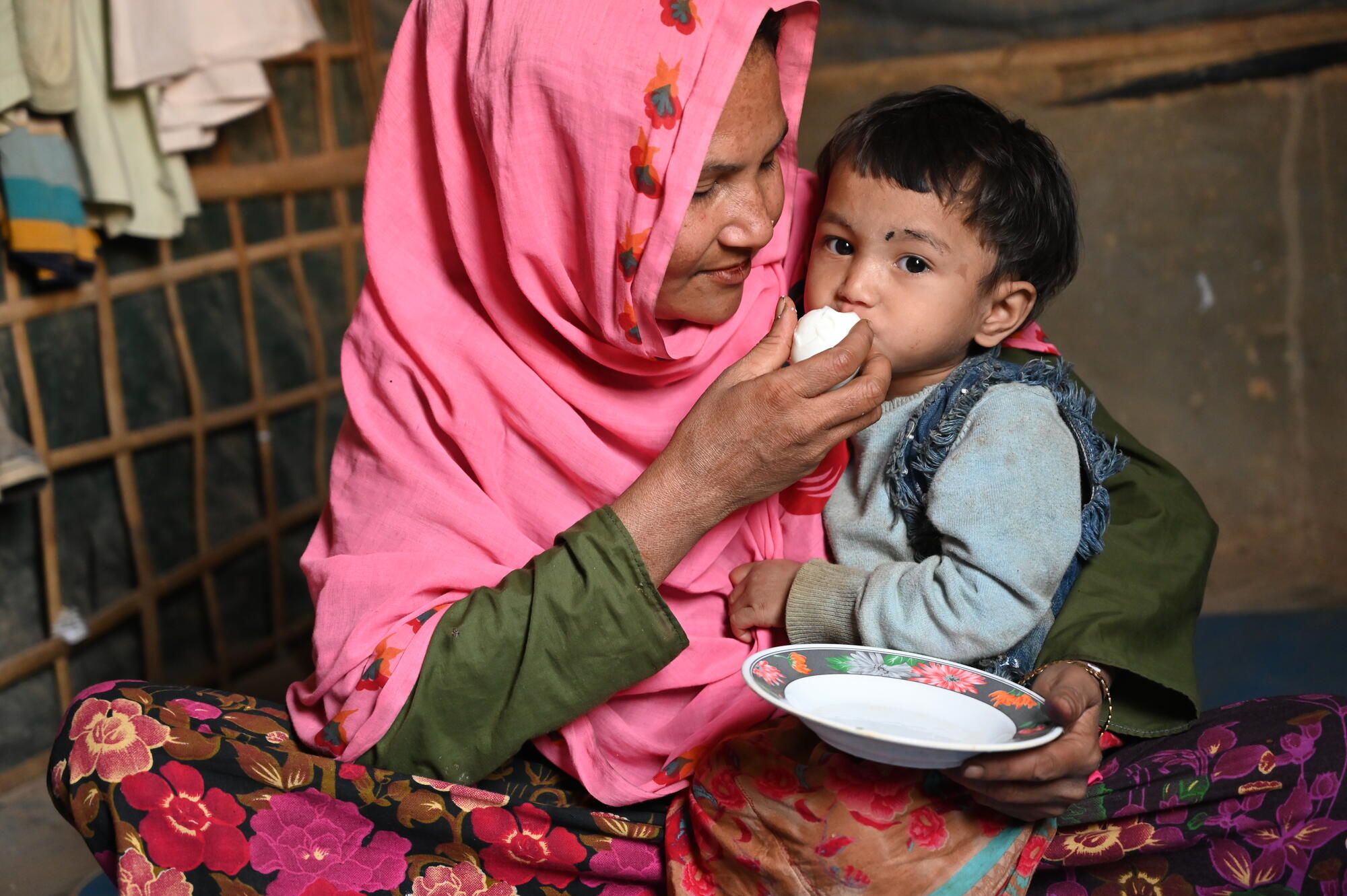
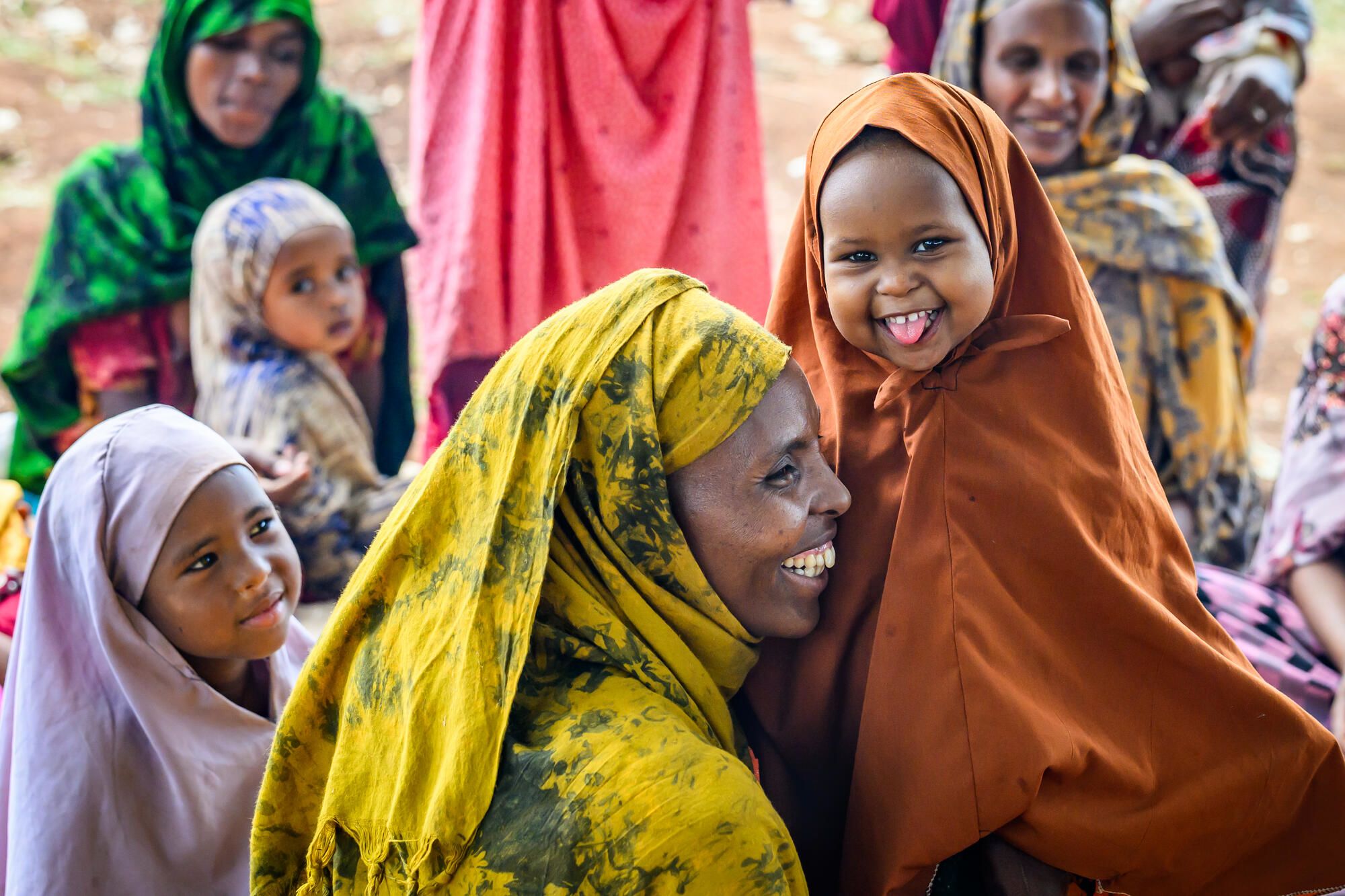
How does World Vision tackle harmful social norms?
World Vision works with communities, faith leaders, and decision-makers to shift gender norms harming women’s and girls’ nutrition. The following case studies showcase evidence of the success of transformative, multi-sectoral programming for women’s nutrition. Learn more about these promising practices, lessons learned, and recommendations for scaling up gender-nutrition initiatives.
“Because of the men’s engagement group, I started supporting my wife in various tasks including cooking, fetching water, bathing my kids, and milking the cow.”
Beyan, a father from Ethiopia
“Because of the men’s engagement group, I started supporting my wife in various tasks including cooking, fetching water, bathing my kids, and milking the cow.”
Beyan, a father from Ethiopia
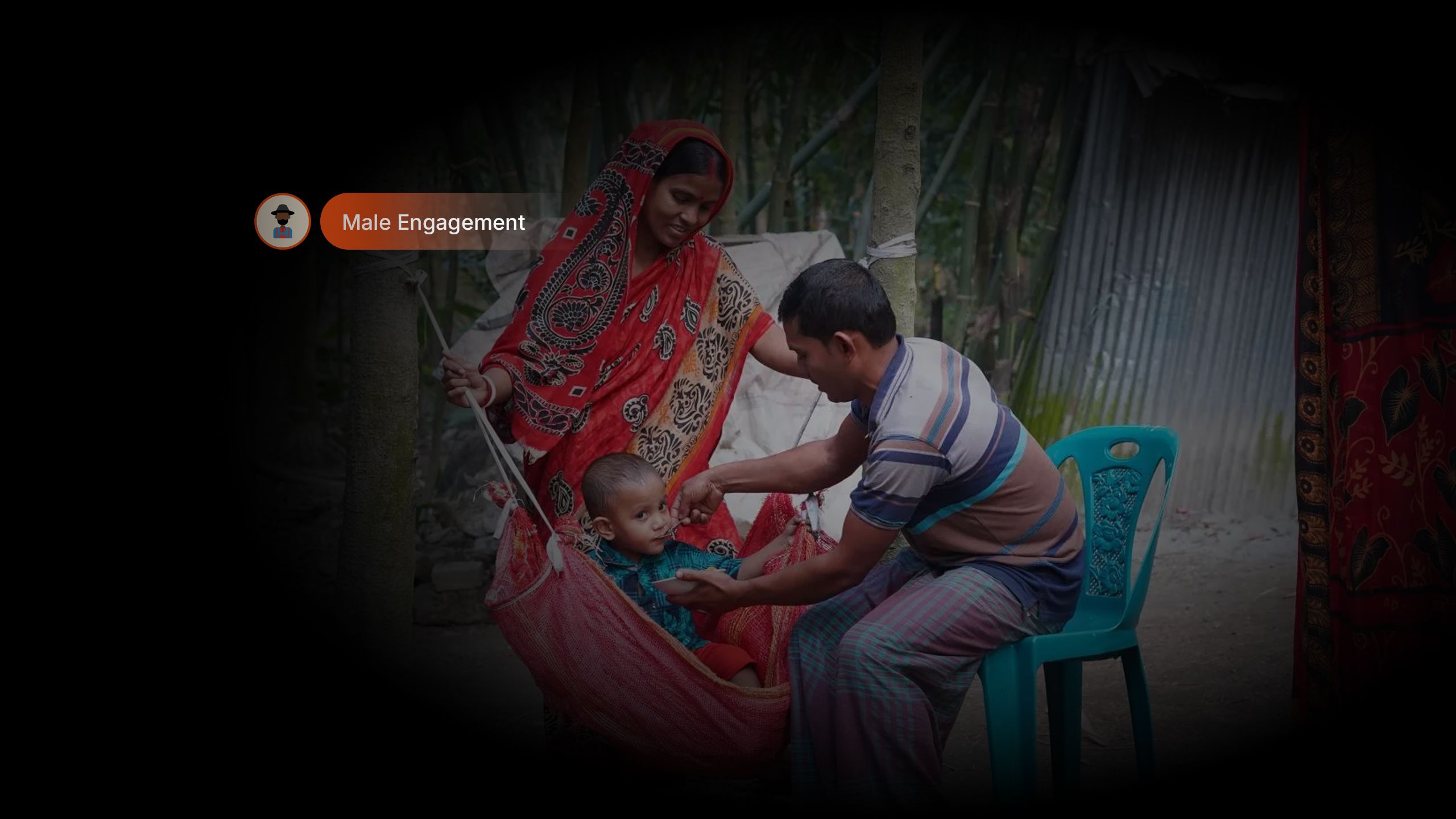
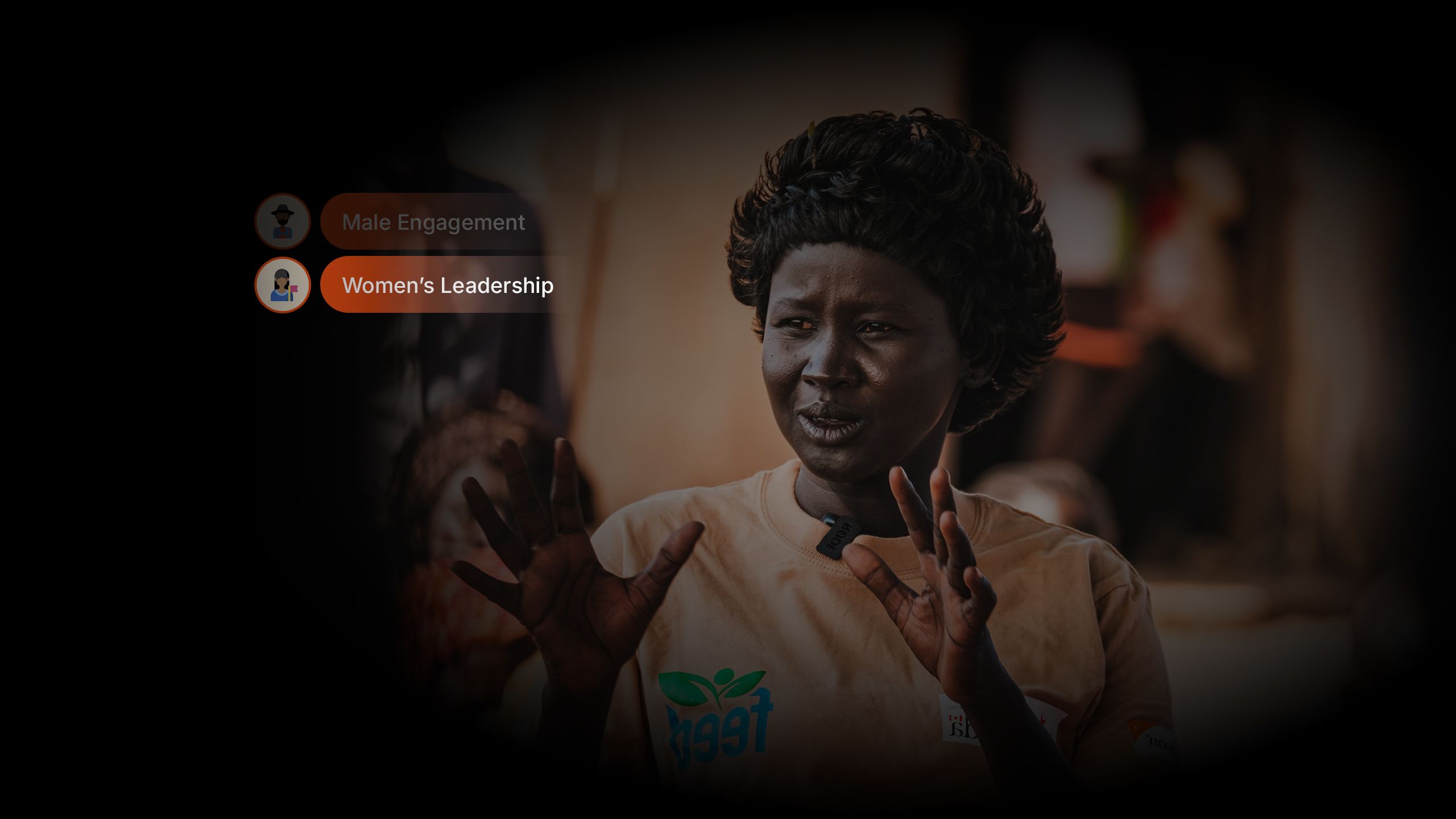
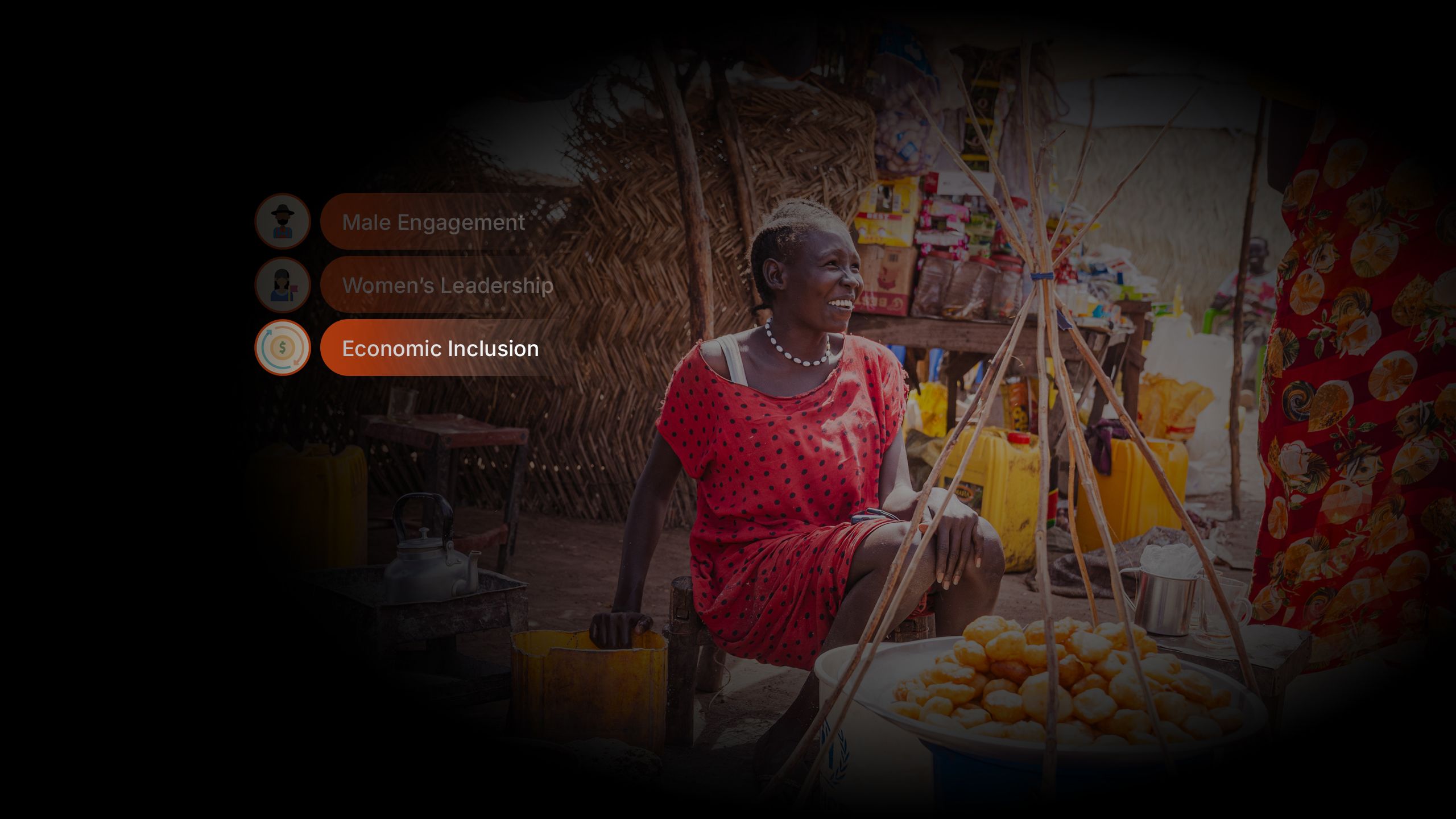
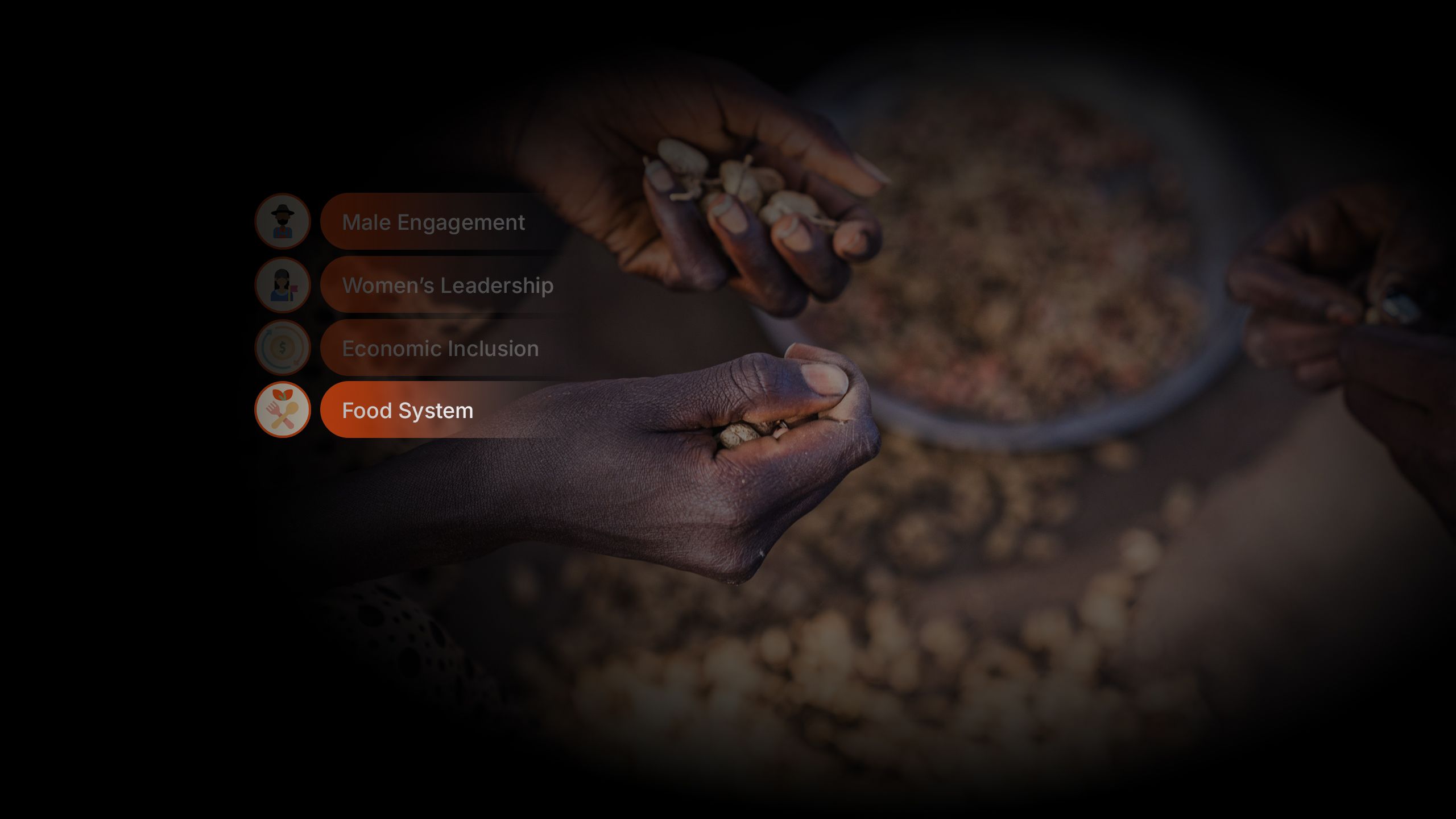
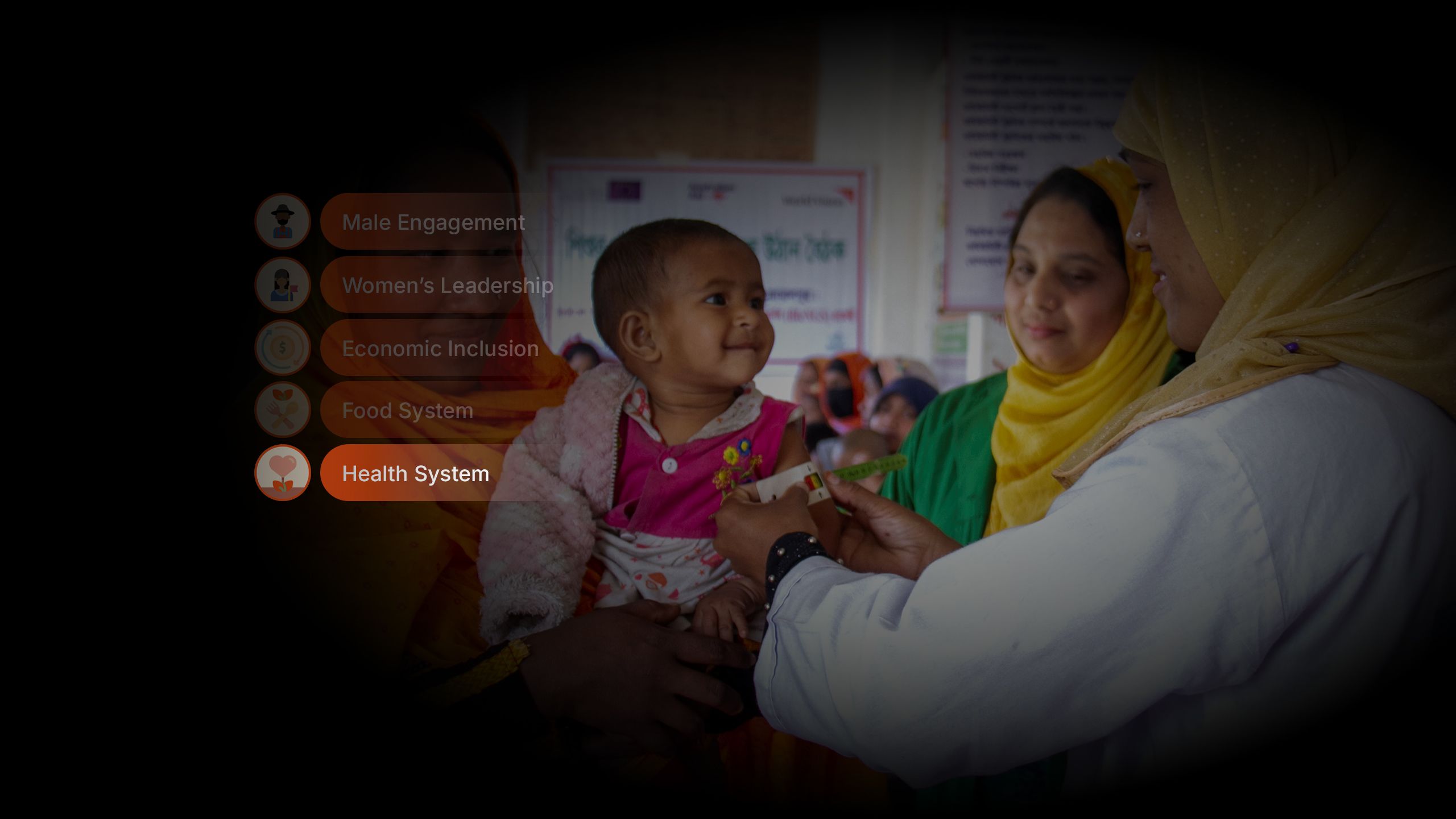

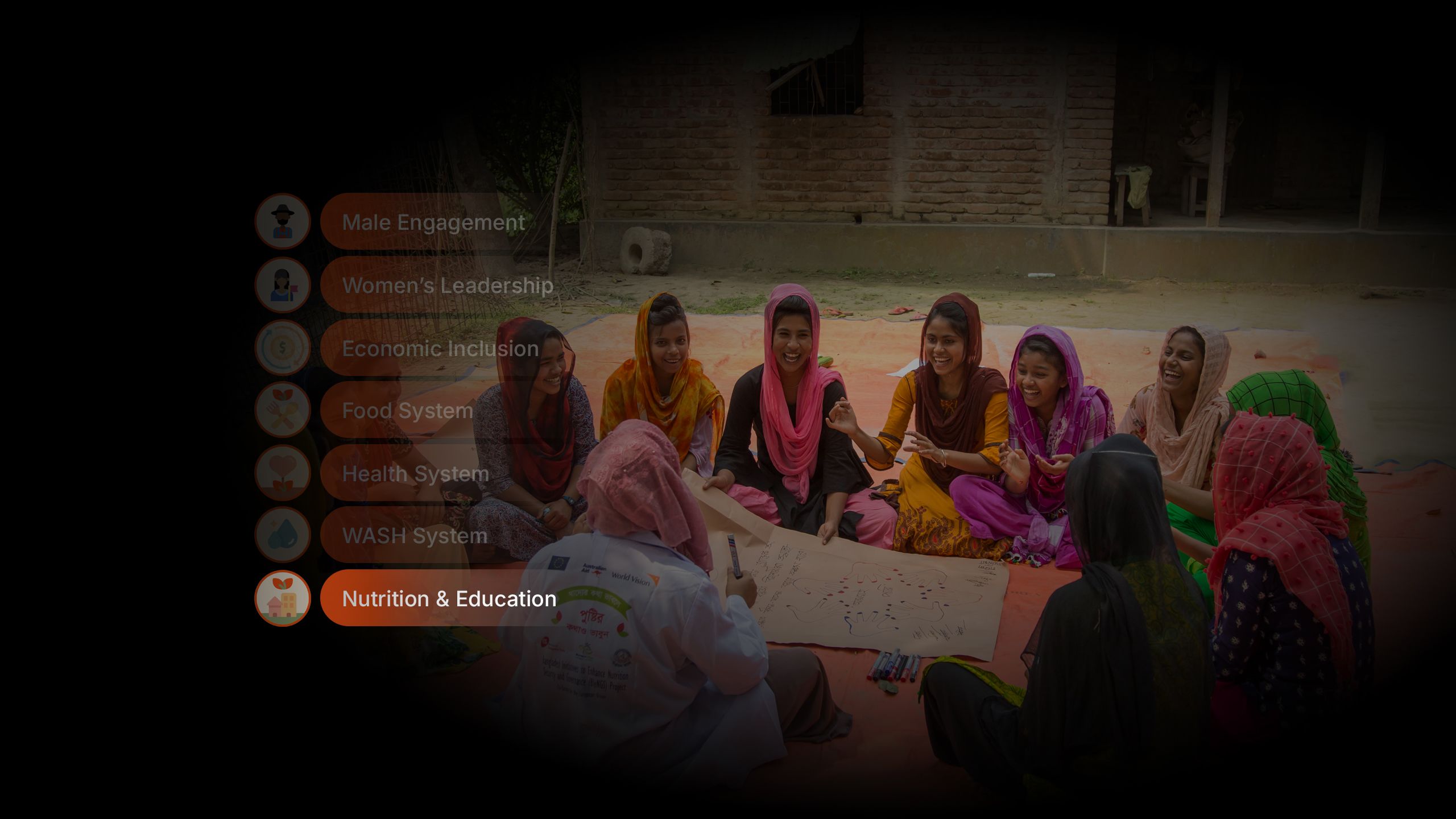
• Men’s active involvement in nutrition and health efforts targeting women and children is vital. Including men in efforts to increase gender equality is essential for sustaining progress.
➣ Restoring broken families through male engagement
• Targeted male engagement programmes integrated into national and community systems can shift attitudes and encourage men’s support for women’s health, nutrition, empowerment, and participation in community and household decision-making.
➣ The Silent Revolution: How Engaging Men is Transforming Families and Communities
• Follow up and continuous learning – through refresher sessions, community ambassadors, and support from community promoters such as grandmothers and religious and local leaders – is crucial to sustain social norm shifts.
• Ensure women’s participation in community and household decision-making processes; empower women to advocate for their communities.
• Scale up opportunities for adolescent girls in leadership and nutrition programming; leverage the potential of adolescents as change agents and their strong desire for ownership and responsibility.
• Formalise community-driven accountability and monitoring systems with women’s leadership and participation to improve service delivery quality.
• Expand savings and loan groups to include more women and introduce digital financial literacy training to enhance financial management skills, access to digital financial services and markets, resilience to crises, and women’s economic independence.
• Expand economic interventions focused on value addition, vocational training, and small business grants for women.
• Build sustainable partnerships to improve women’s access to bank accounts, savings, and small loans. Develop different modalities and saving strategies for women in urban and rural settings.
• Ensure women have equal access to agricultural resources including seeds, technology, and storage, as well as training – such as backyard gardens, cooking demonstrations, and climate-smart methods – to improve household dietary diversity and address market access barriers.
• Increase women's role in the value chain as producers of nutrient-dense local foods as well as consumers and decision-makers on household diets.
• Scale up climate-smart agricultural programmes to support women’s resilience in environmental crises.
• Strengthen health systems to deliver essential nutrition and reproductive health services.
• Ensure gender-responsive, adolescent-friendly practices in health centres, with community feedback mechanisms.
• Reduce barriers to healthcare access for women and girls in rural areas by strengthening the community health workforce.
• Improve access to water, sanitation, and hygiene services, including for menstruation, to reduce women’s and girls’ vulnerability.
• Increase women’s leadership in water management infrastructure and training to increase safe water access and climate-smart resource management.
• Provide nutrition, food, and health services in schools to keep girls in school longer.
• Continuous education on equitable food distribution, exclusive breastfeeding, and the nutritional needs of women and girls is essential at the household level – especially during pregnancy.
